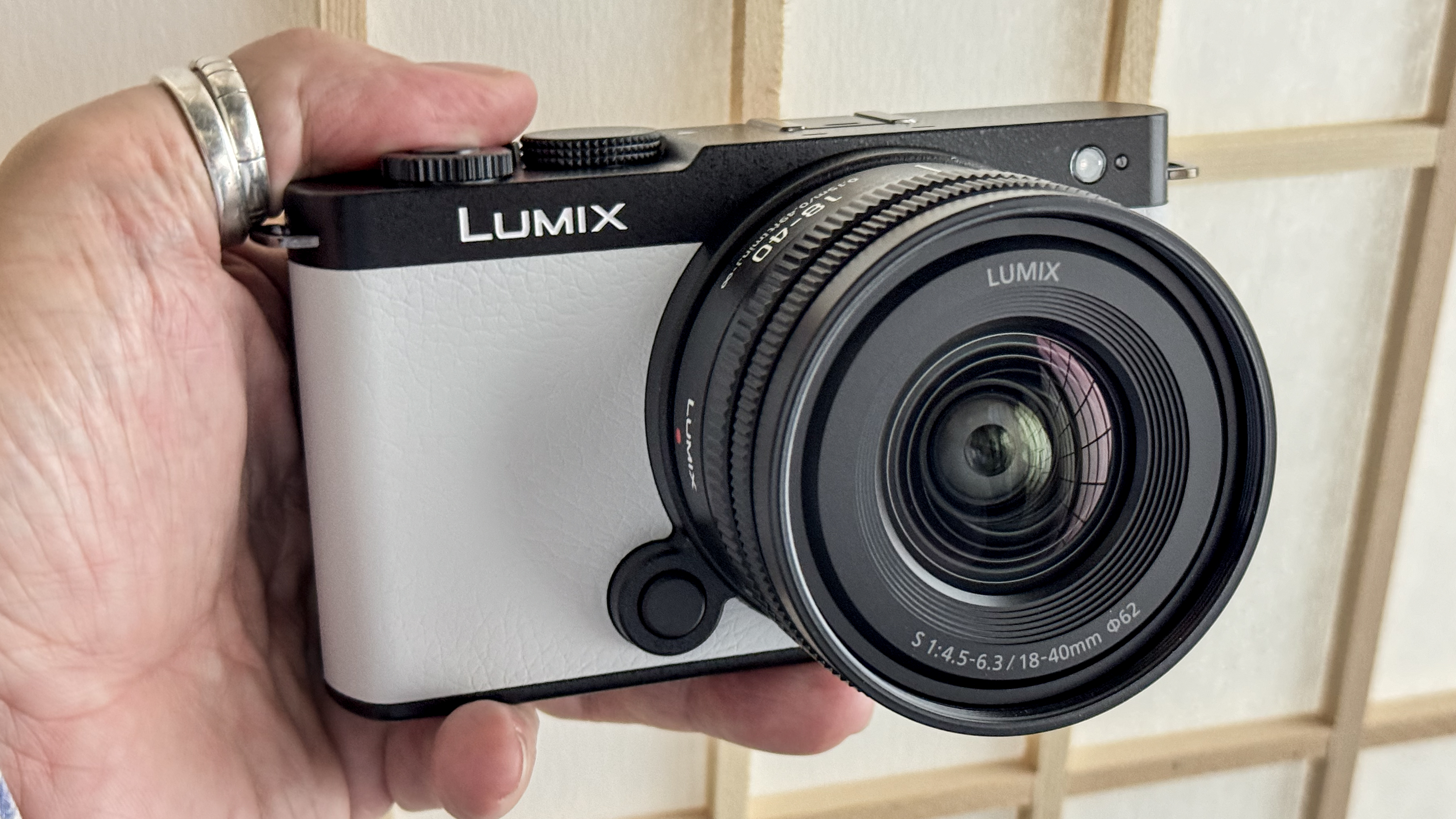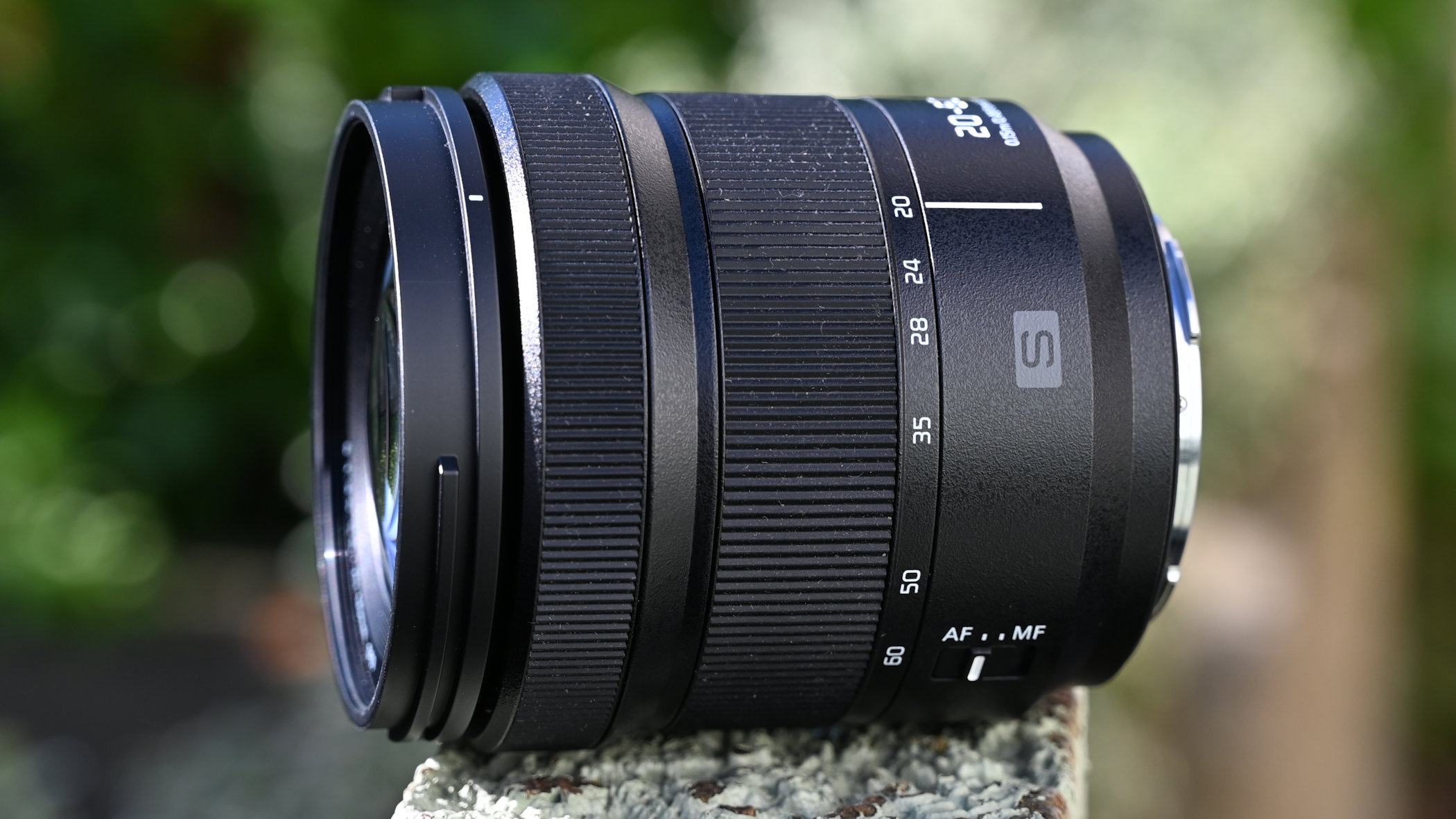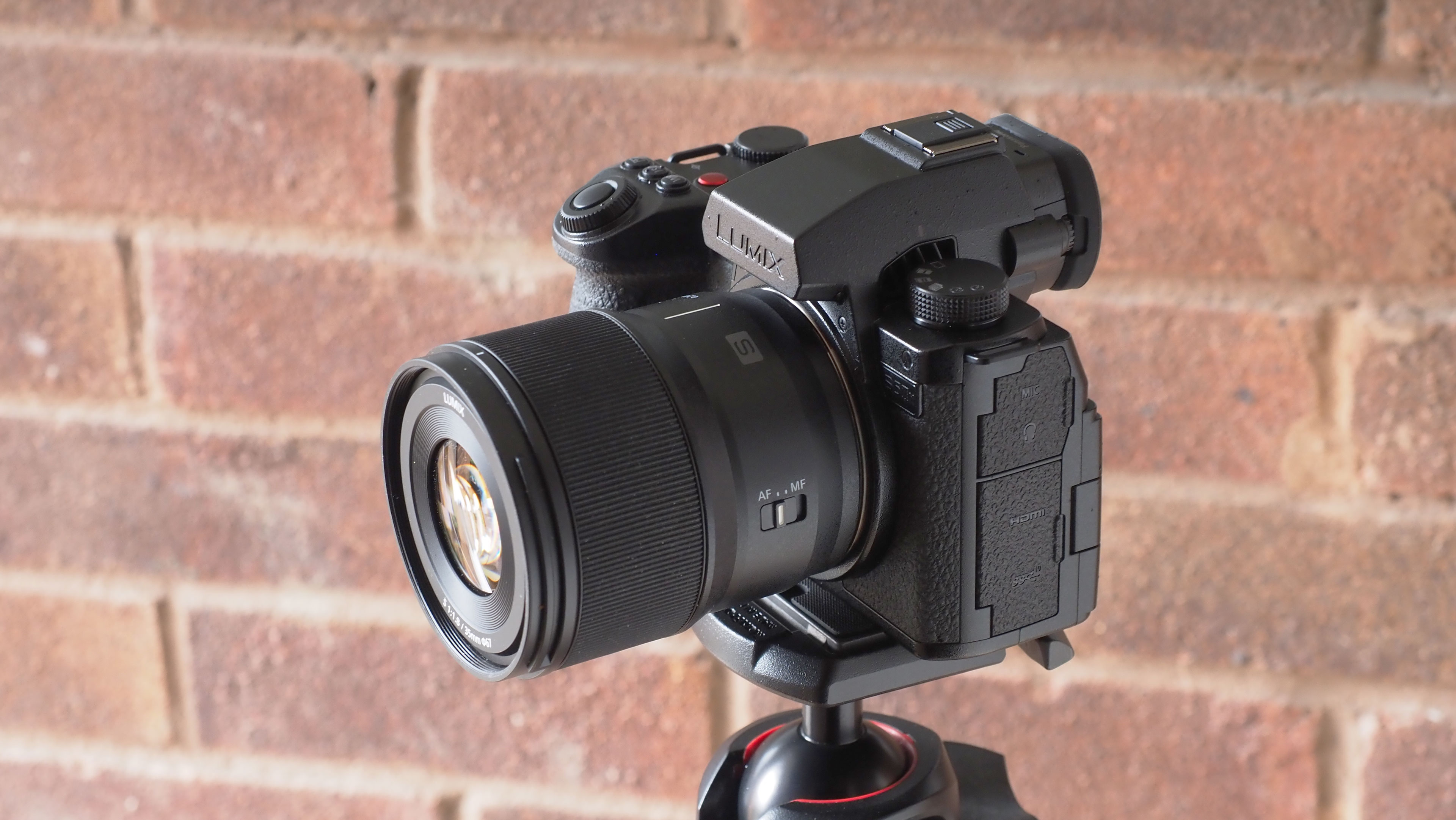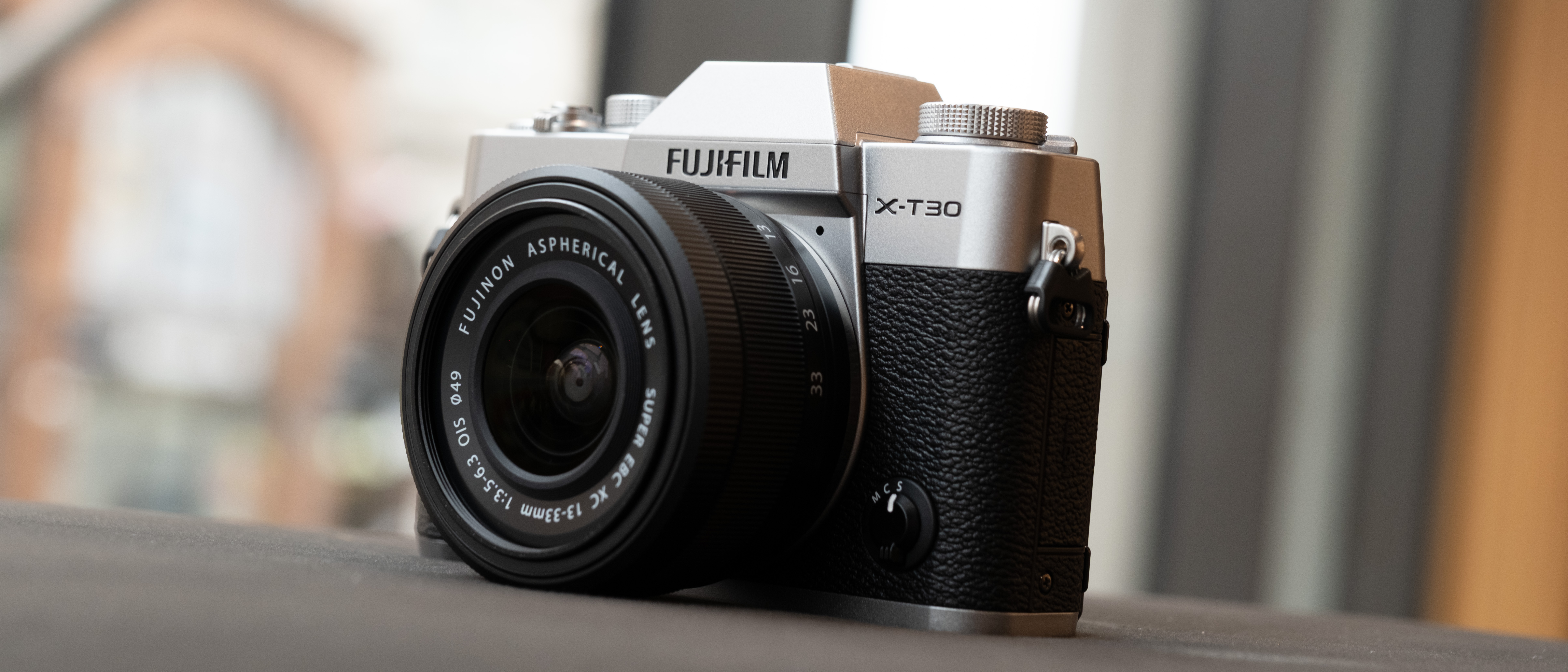Best lenses for the Panasonic Lumix S9 in 2025
This compact full frame vlogging camera has caused quite a stir, so which are the best lenses for the Panasonic Lumix S9?

Regular photographers are used to cameras with viewfinders, but vlogging and filmmaking are very different disciplines, and many creators stepping up from a smartphone to a full size camera are used to doing everything on a touchscreen, so for them the lack of a viewfinder isn’t an issue – what they want is a compact, powerful hybrid camera that’s easy to handle and pack away but is a big step up in quality and potential.
So the Panasonic Lumix S9 is a very interesting camera. Imagine the Lumix S5 II but smaller, stripped of the EVF housing on the top of the body but with all the same video capabilities. And, of course, it has a 24MP sensor that’s perfectly capable of high-quality still images too.
The Lumix S9 has pretty much everything that content creators could ask for, including in-body stabilization, built in LUTs for creative looks and compatibility with a larger and growing range of L-mount lenses.
Does that make this one of the best hybrid cameras to get today, or perhaps one of the best cameras for vlogging? Maybe – it depends on how much you want or need an electronic viewfinder.
But let’s get back to lenses. The Lumix S9 is a very small camera, but full frame lenses, typically are not. This does rule out some of the best L-mount lenses, so I’ve kept this list to more compact zooms and prime lenses where possible – I’ve included a couple of zooms, however, for users who don’t mind about bigger lenses and want the flexibility they bring.
So let’s get on with the list!
Best lenses for the Panasonic Lumix S9
Why you can trust Digital Camera World
Compact kit lens
1. Panasonic Lumix S 18-40mm f/4.5-6.3
Specifications
Reasons to buy
Reasons to avoid
When Panasonic launched the Lumix S9 it was almost as if the company suddenly realized it didn’t have any lenses to go with it. So we did have Panasonic’s rather strange fixed-focus pancake lens at first, but then soon after this 18-40mm kit lens arrived and became an instant favorite for vlogging. That’s partly because it’s so light and compact (though you do have to unlock the retracting mechanism before you can start filming) and a focal range that’s ideal for filming yourself and your surroundings on a gimbal or grip. Photographers will find the 40mm maximum focal length a bit limiting, though, and the f/4.5-6.3 maximum aperture range means you might need higher ISOs indoors or in dim lighting.
Best standard zoom
Specifications
Reasons to buy
Reasons to avoid
For a long time, the Lumix S 20-60mm f/3.5-5.6 has been the go-to standard kit lens for the Lumix S5-series cameras, but it’s also available as a standalone purchase and is definitely worth considering for the Lumix S9. It’s unique selling point is its 20-60mm zoom range, and that 20mm minimum focal length is far wider than the normal 24mm minimum on most standard zooms. In fact, with this lens you might not need a wide-angle zoom at all. This is quite a compact lens for a full frame standard zoom and should balance pretty well on the Lumix S9 – though the lens barrel does extend quite a lot as you zoom in.
See our full Panasonic Lumix S 20-60mm f/3.5-5.6 test
Features | In keeping with the small size and competitive price, the feature set isn’t extravagant. | ★★★★ |
Design | As I’d expect, the inner barrel extends at longer zoom settings but the lens remains compact. | ★★★★★ |
Performance | The wide-angle potential is a winner, especially as the lens deliver very good edge-to-edge sharpness. | ★★★★★ |
Value | At only about half the price of many lenses in this guide, it’s quite the bargain. | ★★★★★ |
Best superzoom
Specifications
Reasons to buy
Reasons to avoid
For a superzoom ‘travel’ lens, the Lumix S 28-200mm f/4-7.1 Macro O.I.S. is remarkably compact. Lenses of this type are typically quite big and heavy, but this one definitely bucks the trend. It’s still fairly hefty mounted on the front of the Lumix S9, but it covers a very wide range of focal lengths and might be the only lens you need to take with you on your travels – provided you feel the 28mm minimum focal length is wide enough for narrow streets, interiors and landscapes. The 7x zoom range is not as long as the 10x range of most superzoom lenses, but the payback is a smaller, lighter lens, plus good, consistent image quality across the focal range.
See our full Panasonic Lumix S 28-200mm f/4-7.1 test
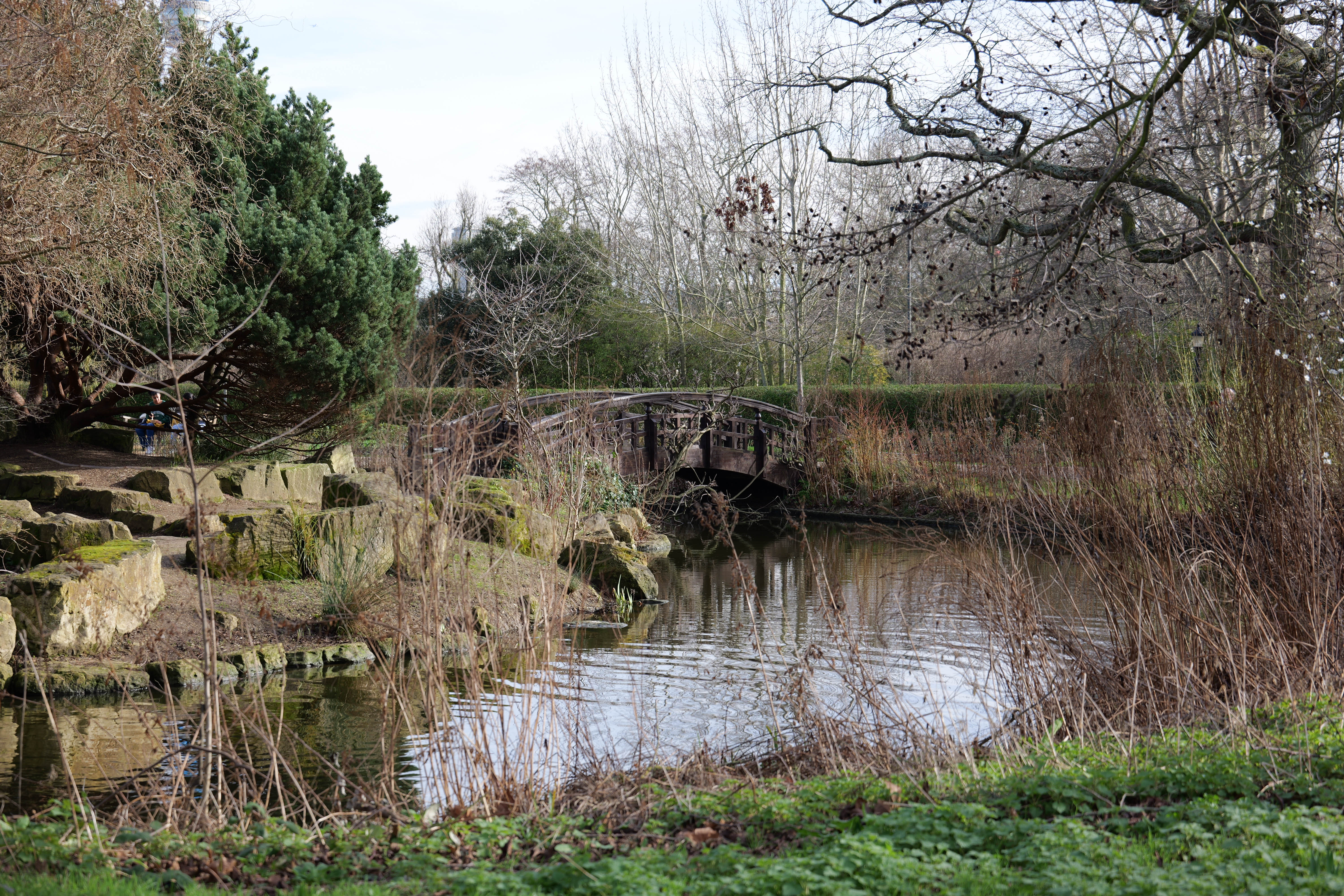
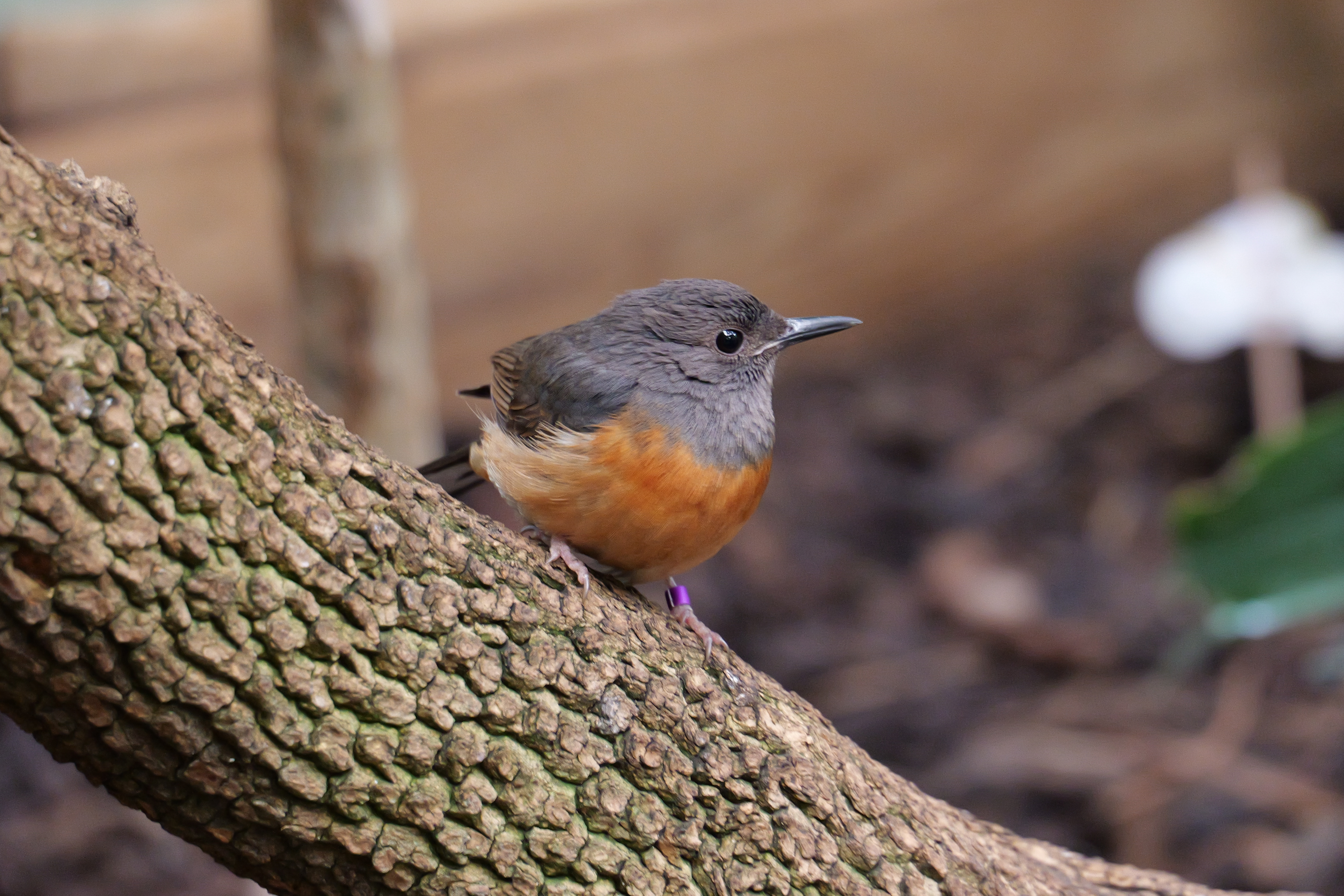
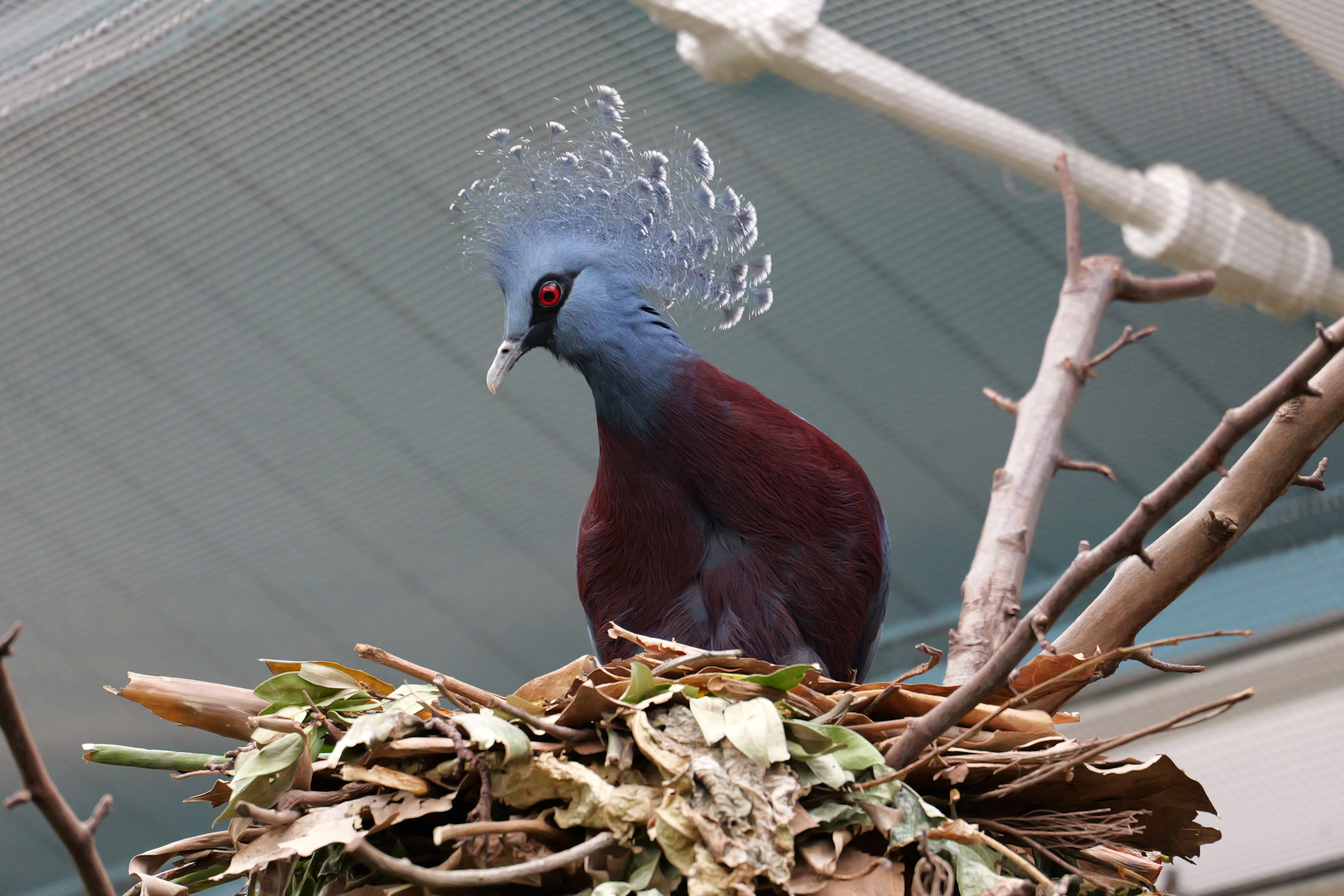
Features | It’s pretty basic but the lens does feature AF/MF and OIS on/off switches. | ★★★★ |
Design | Panasonic has done well to pack such a generous zoom range into such a compact lens. | ★★★★★ |
Performance | Performance is very impressive for a superzoom lens although edge-sharpness could be better. | ★★★★ |
Value | It’s great value at the price, especially as it can act as a substitute for two regular zoom lenses. | ★★★★★ |
Best wide prime
Specifications
Reasons to buy
Reasons to avoid
The size of the Lumix S9 makes it a perfect match for Panasonic’s compact f/1.8 prime lenses, and primes are also increasingly popular amongst creators and gimbal users. The Lumix S 24mm f/1.8 has pretty ordinary specifications by today’s standards, but it’s one of a set of plain but effective f/1.8 primes from the Lumix S stable that have more in common than you might think – they are all more or less the same size and share the same 67mm filter size. In fact, many Panasonic lenses share this 67mm filter mount, which might prove a big advantage. This 24mm prime is a good performer, though we would have liked slightly better edge definition. The AF, though, is silent, fast and just want you need for filmmaking.
See our full Panasonic Lumix S 24mm f/1.8 test

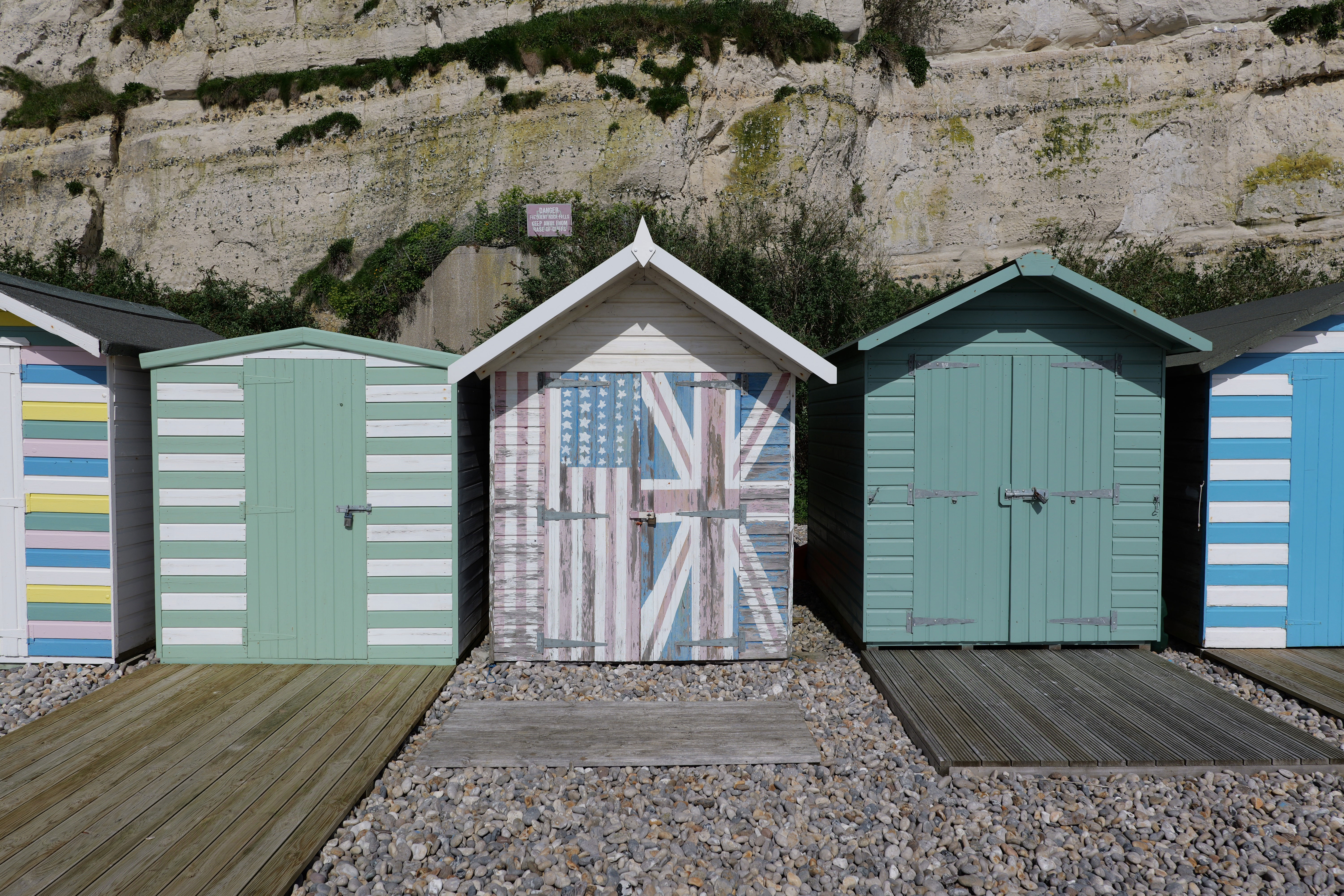

Features ★★★★★ | The extensive zoom range and optical image stabilization are top features for travel photography. |
Design ★★★★★ | The design is fairly compact and lightweight, and includes extensive weather-seals, adding further travel credentials. |
Performance ★★★★☆ | It’s not the sharpest tool in Panasonic’s box but image quality and overall performance is good for a ‘superzoom’ lens. |
Value ★★★★☆ | All things considered, the lens is good value for such a versatile zoom. |
Best street lens
Specifications
Reasons to buy
Reasons to avoid
We might complain that f/1.8 is a pretty average sort of maximum aperture, but let’s put this into context – the best professional 35mm f/1.4 lenses are less than one f-stop faster but come with a huge leap in price and weight, and that won’t be worth it for a lot of folk. The fact is, the Lumix S 35mm f/1.8 delivers very good optical performance in a light, practical lens with no frills but lots of finesse, including fast, silent autofocus. It also includes focus breathing suppression – an annoying anomaly where objects can appear to change in size as they go in and out of focus – making this a great lens for videography. At the same time, that 35mm focal length also makes this a classic choice for street photographers.
See our full Panasonic Lumix S 35mm f/1.8 test

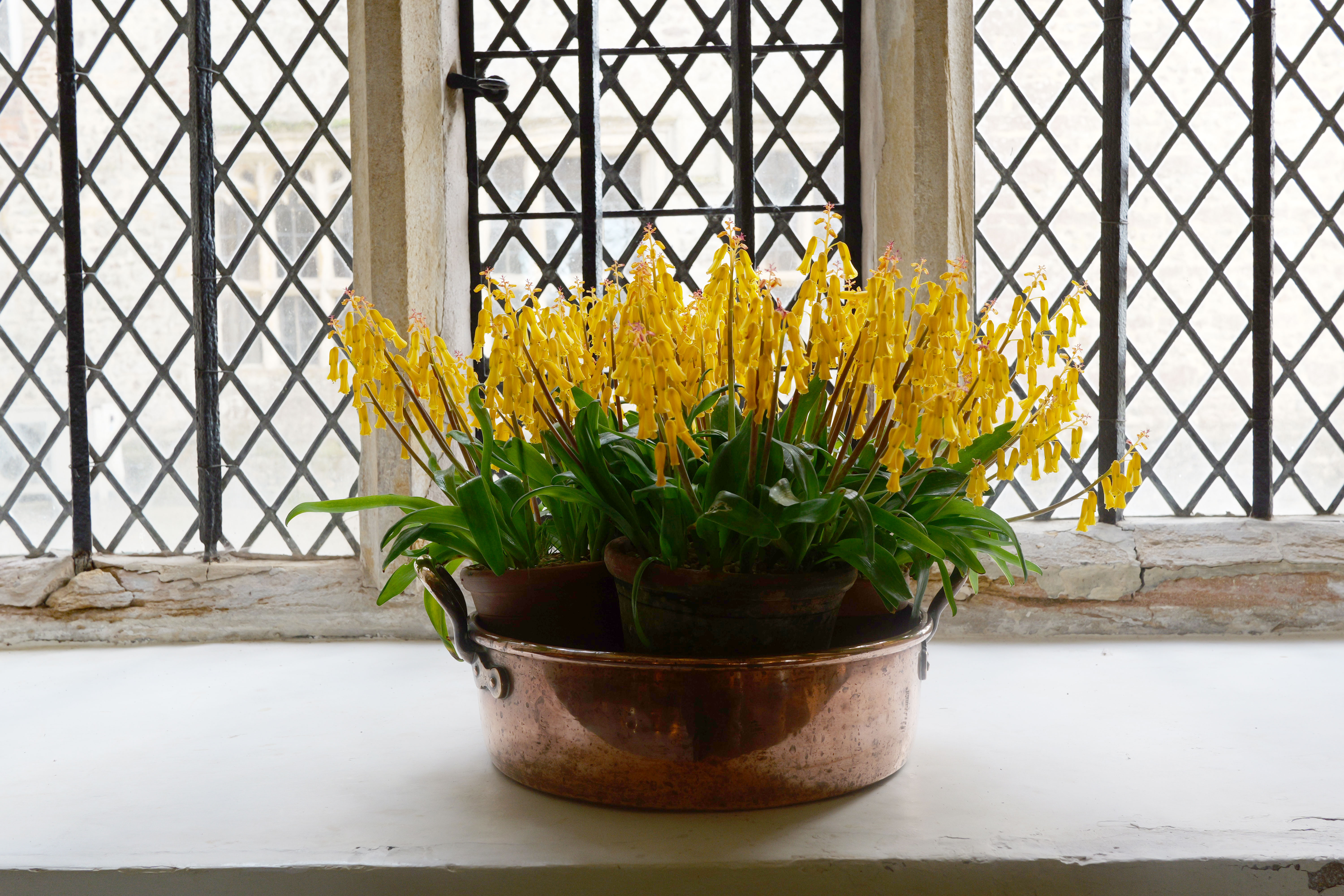

Features ★★★★★ | The 35mm focal length is a classic for street photography and the f/1.8 aperture should prove sufficiently fast. |
Design ★★★★★ | It’s not as fast as an f/1.4 or f/1.2 lens but the trade-off is a compact, lightweight and easily manageable build. |
Performance ★★★★★ | Snappy autofocus helps you react quickly to unfolding events and image quality is gorgeous. |
Value ★★★★☆ | It’s certainly not cheap for an f/1.8 prime but the lens is good value considering the features and performance. |
Best 50mm
Specifications
Reasons to buy
Reasons to avoid
Many people consider 50mm to be the focal length that most closely matches the angle of view of human vision. Opinions vary. Some photographers prefer the semi-wide angle of view of a 35mm lens or even the increasingly popular 40mm. But if 50mm is what seems most natural to you, then the Lumix S 50mm f/1.8 is the perfect ‘nifty fifty’ for the Lumix S9. The f/1.8 maximum aperture is pretty basic compared to some of the exotic f/1.4, f/1.2 or even f/1.0 lenses on the market, but it means this lens is light, practical and affordable. It also delivers excellent optical quality, and f/1.8 is still a wide enough aperture for strongly defocused foregrounds and backgrounds – though if you want the creamiest, softest bokeh you might need to pay a little more.
See our full Panasonic Lumix S 50mm f/1.8 test

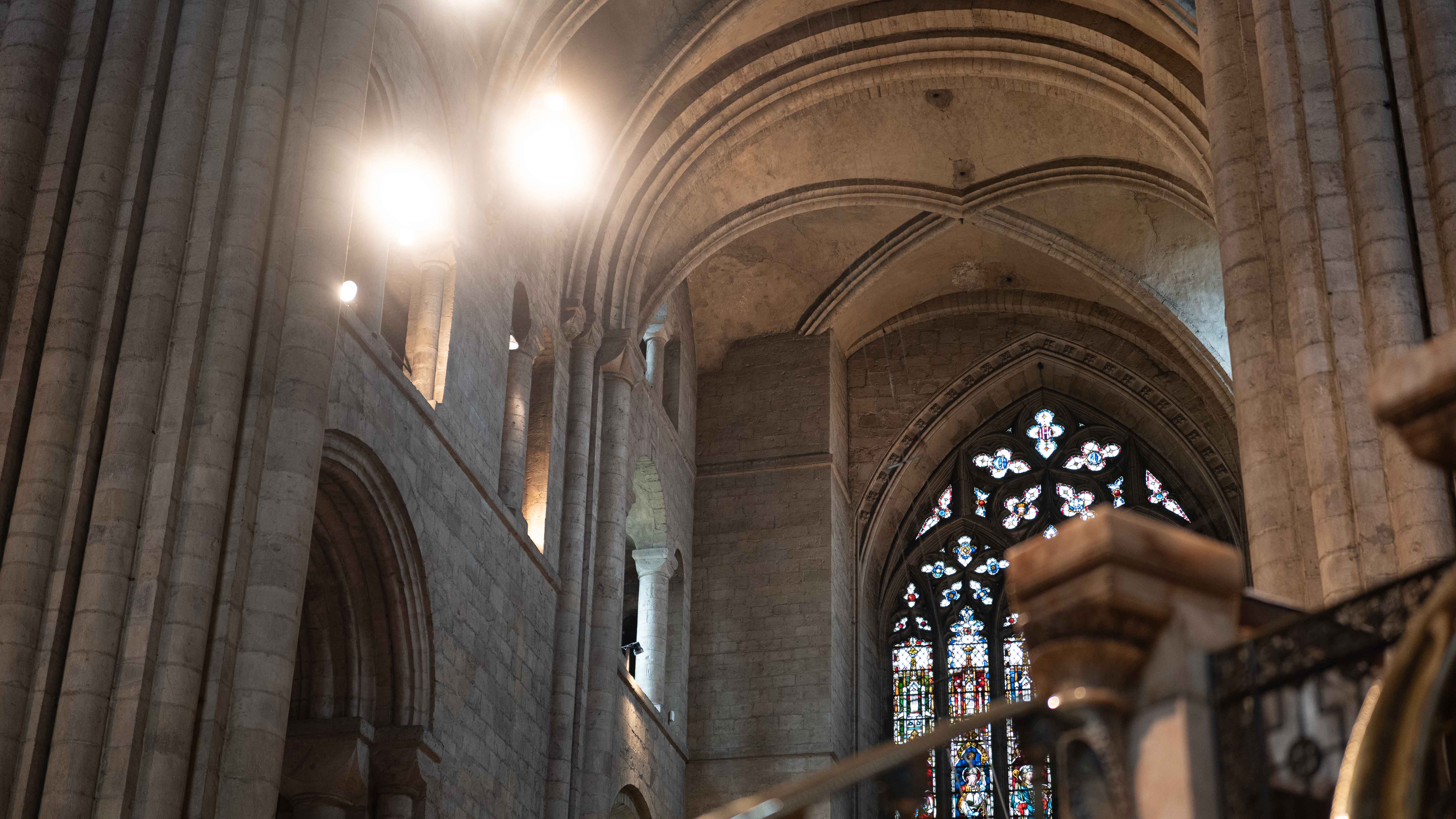
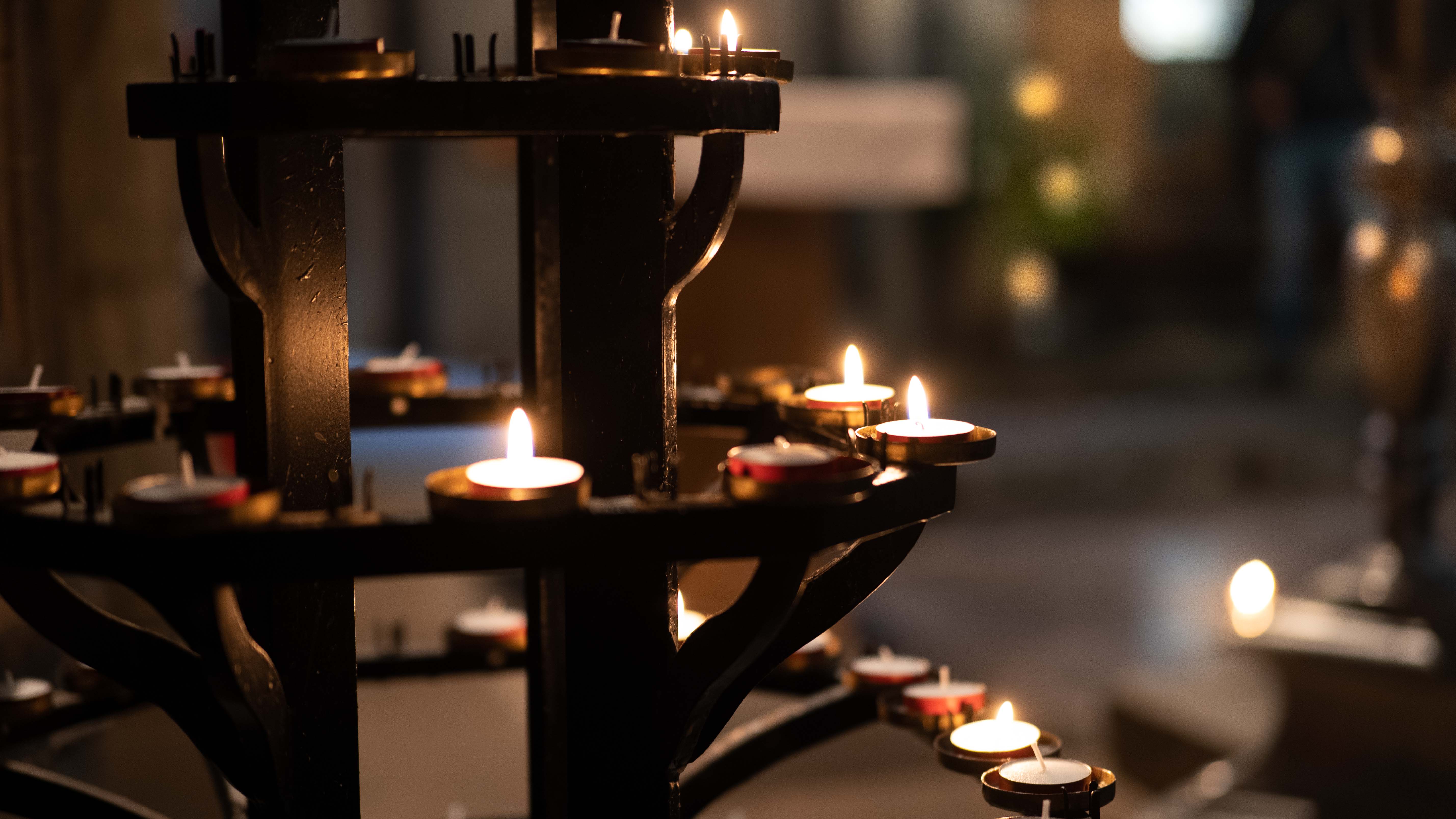
Features ★★★★★ | The 35mm focal length is a classic for street photography and the f/1.8 aperture should prove sufficiently fast. |
Design ★★★★★ | It’s not as fast as an f/1.4 or f/1.2 lens but the trade-off is a compact, lightweight and easily manageable build. |
Performance ★★★★★ | Snappy autofocus helps you react quickly to unfolding events and image quality is gorgeous. |
Value ★★★★☆ | It’s certainly not cheap for an f/1.8 prime but the lens is good value considering the features and performance. |
Lab data and comparisons
The graphs below show the comparative performance of the lenses in this guide, based on our in-house lab tests. All of the lenses in the group are nice and sharp, which is impressive as they tend to be highly compact and lightweight. Color fringing is quite minimal but the distortion scores for the zoom lenses are flattered by being averaged out across the whole zoom range.
Scores for sharpness and color fringing are averaged from data taken across the entire image frame, from the center to the edges and corners, throughout the aperture range. For zoom lenses, the scores are also averaged from data measured at all marked focal lengths, and the same applies to distortion. Bear in mind that these average values don't fully reflect specific areas of performance. For example, a zoom lens might have noticeable barrel and pincushion distortion at its shortest and longest focal lengths respectively, which tends to average out when looking at the data overall. For more detailed graphs of each lens's performance, which give the full picture, check out the graphs in our full standalone lens reviews.
How we test lenses
The lens experts in our testing lab run a range of tests under controlled conditions, using the Imatest Master testing suite. Photos of test charts are taken across the range of apertures and zooms (where available), then analyzed for sharpness, distortion and chromatic aberrations.
We use Imatest SFR (spatial frequency response) charts and analysis software to plot lens resolution at the centre of the image frame, corners and mid-point distances, across the range of aperture settings and, with zoom lenses, at four different focal lengths.
There's more to it than just the technical side, though! Beyond the lab, our reviewers test lenses in real-world environments – and sometimes on professional shoots! We work with lenses both indoors and outdoors, in studio conditions and in natural light, with as many different subjects as is possible (or appropriate – there's no point testing a landscape lens' ability to shoot a portrait!).
We take into account everything from handling and ease of use to speed of autofocus and the overall quality of the images produced.
Find out more about how we test and review on Digital Camera World
The best camera deals, reviews, product advice, and unmissable photography news, direct to your inbox!

Rod is an independent photography journalist and editor, and a long-standing Digital Camera World contributor, having previously worked as DCW's Group Reviews editor. Before that he has been technique editor on N-Photo, Head of Testing for the photography division and Camera Channel editor on TechRadar, as well as contributing to many other publications. He has been writing about photography technique, photo editing and digital cameras since they first appeared, and before that began his career writing about film photography. He has used and reviewed practically every interchangeable lens camera launched in the past 20 years, from entry-level DSLRs to medium format cameras, together with lenses, tripods, gimbals, light meters, camera bags and more. Rod has his own camera gear blog at fotovolo.com but also writes about photo-editing applications and techniques at lifeafterphotoshop.com
